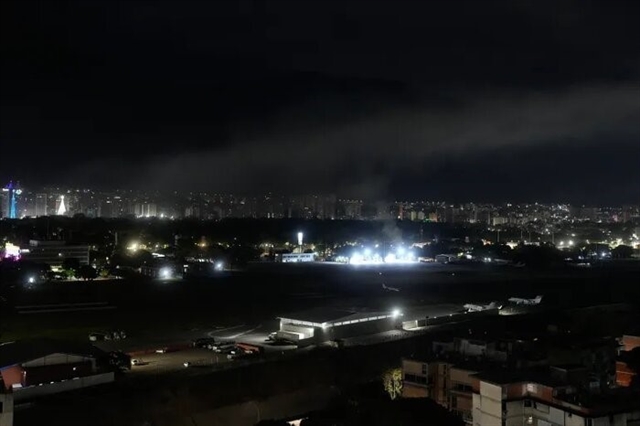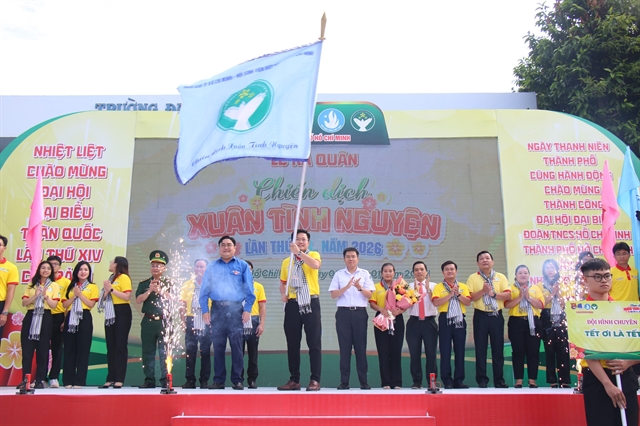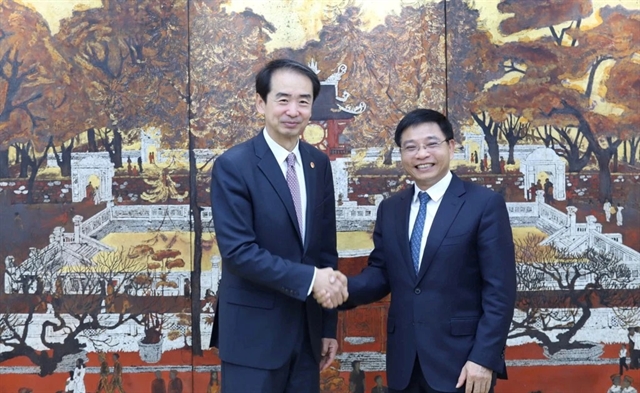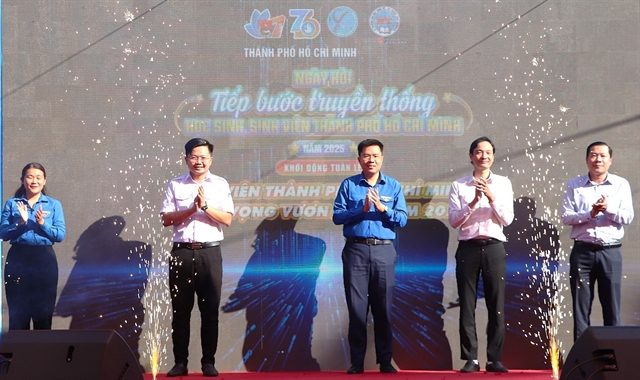 Society
Society

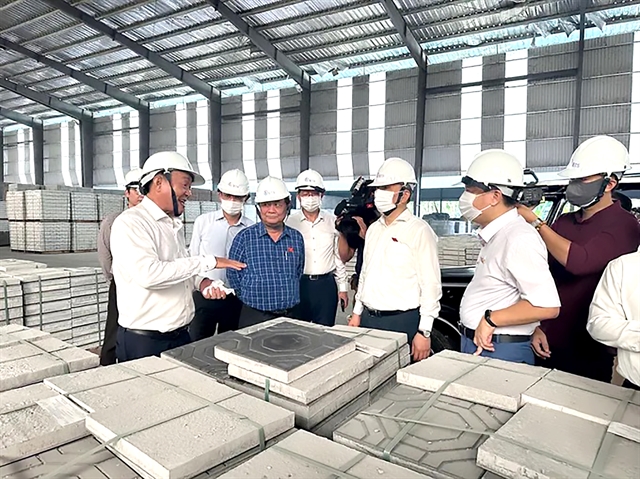 |
| Bricks made from waste at the Bình Dương Water – Environment Corporation JSC (BIWASE). — Photo www.sggp.org.vn |
HCM CITY — Authorities in the northern wards of HCM City are taking significant steps toward a circular economy by applying the BIWASE model, a successful waste-to-energy initiative developed in Bình Dương, to convert solid waste into electricity and reusable products.
Previously reliant on landfilling, the 36 wards and communes formerly part of Bình Dương have shifted to a modern waste treatment approach, following years of rapid urbanisation and growing environmental concerns.
At the heart of the transformation is the Bình Dương Water – Environment Corporation JSC (BIWASE), which operates an advanced facility in Chánh Phú Hòa Ward.
Spanning 100 hectares, the Bình Dương Waste Treatment Complex is capable of handling municipal, industrial, hazardous, and medical waste through integrated processes.
BIWASE chairman Nguyễn Văn Thiền said the facility reflects a long-term vision initiated two decades ago by local authorities.
“Thanks to early planning and investment, we now have the capacity to treat the region’s waste sustainably for the next 20 years,” he said.
A major milestone came on August 1, 2023, when the plant’s waste-to-energy incinerator officially came online, allowing the region to cease all landfilling.
Today, the complex processes more than 6,500 tonnes of waste per day, including 3,500 tonnes of municipal waste and 1,700 tonnes of hazardous waste.
Waste is first sorted at four receiving pits.
Organic materials are turned into fertilisers, while metals and debris are removed before incineration.
The heat generated is converted into electricity through a 5MW power plant, enhancing the site’s total sorting capacity to over 2,500 tonnes daily.
The facility also produces a wide array of by-products: 100,000 fired and unfired bricks, 2,000 square metres of pavers, and “Con Voi Bình Dương” organic fertiliser - all made to meet national and international standards.
Complex director Ngô Chí Thắng said nothing goes to waste.
“We even mix incinerator ash into materials for bricks and paving stones.”
Despite the facility’s achievements, officials stress that sorting waste at source (SWAS) remains the missing link for optimal efficiency.
Chairman Thiền said: “We’ve studied global best practices and found that no technology can compensate for poor source segregation.”
In line with the Law on Environmental Protection, local governments have now launched a strong push for SWAS.
In Bình Dương Ward, 100 grassroots officials have undergone training to promote waste sorting among residents.
The ward’s People’s Committee chairman Võ Chí Thành said efforts are underway to restructure collection systems and involve neighbourhood associations in building community awareness.
BIWASE is also providing technical assistance, including waste transportation and distribution of colour-coded bins.
Following a recent inspection visit, Deputy Chairman of the National Assembly Lê Minh Hoan and head of the city delegation of National Assembly deputies Nguyễn Văn Lợi recommended further government support.
They proposed that the city subsidise the cost of waste-sorting bins for households and pilot the initiative in areas already using the BIWASE model.
With strong local commitment and national attention, the model is seen as a viable blueprint for scaling sustainable urban waste management across Việt Nam. — VNS


